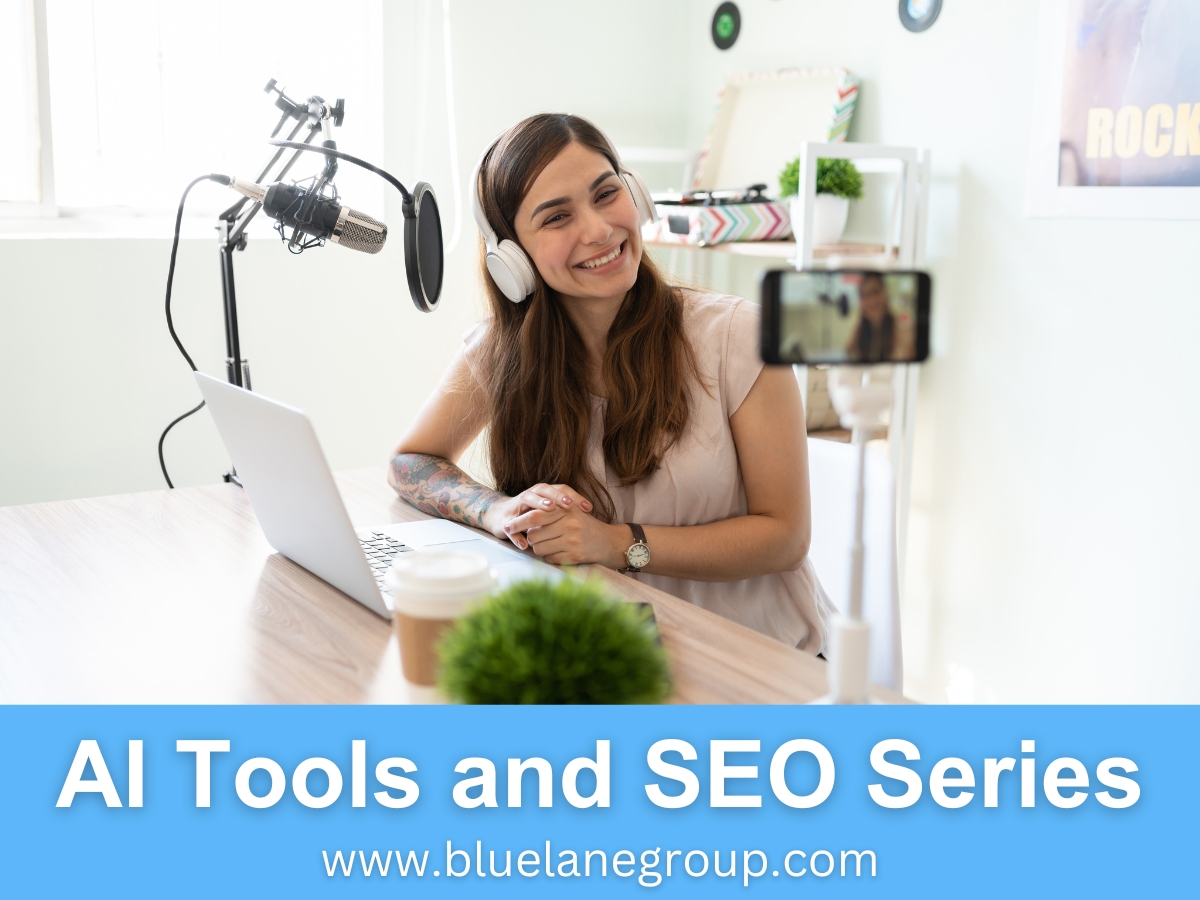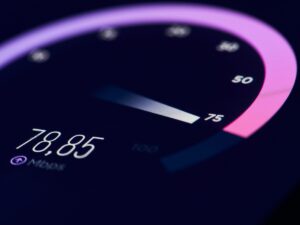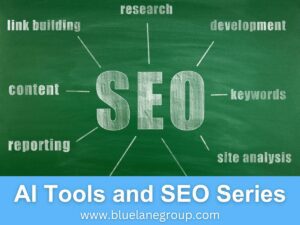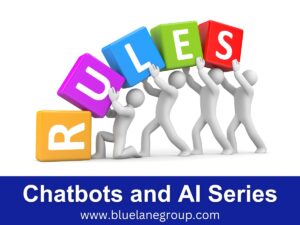Introduction: Leveraging AI in Image and Video SEO
This enlightening article explores the revolutionary impact of using AI for image and video SEO, showcasing its immense potential for digital marketing success. We will cover its key features, numerous advantages, and how it changes the game in the visually-driven digital age.
Quick Rundown – If Time is of the Essence
- AI for image and video SEO is a game-changer, combining machine learning and analytics to optimize visual content for search engines. This advanced technology enhances discoverability and improves user engagement and conversion rates. Mastering this AI technology is imperative to stay competitive in a digital landscape filled with images and videos.
- In the visual age, where image and video content are more impactful than ever, leveraging AI in your SEO strategy provides a significant edge. With improved indexing, tailored content, and more effective engagement metrics, AI technology propels your visual SEO strategy to new heights.
Welcome to the ninth article in the Blue Lane Group series on AI Tools and SEO: Building Tomorrow’s Search Strategies Today. This series examines how artificial intelligence is reshaping the field of search engine optimization, offering tools and strategies to boost website rankings, improve user engagement, and make content more relevant.
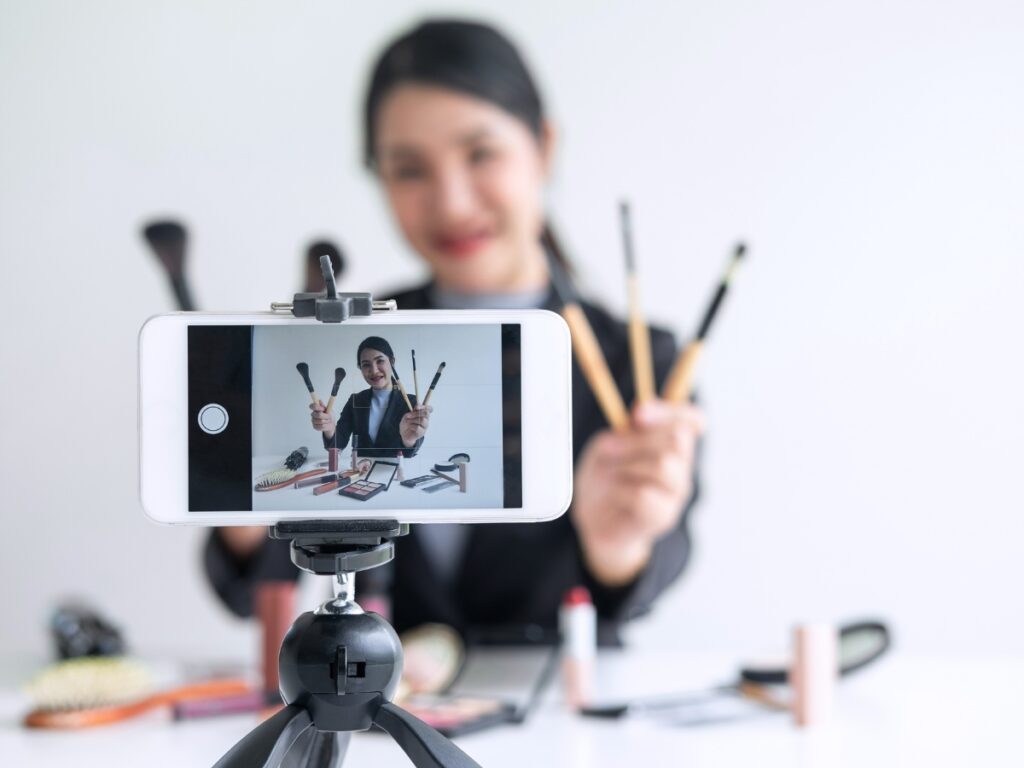
Disclosure: The digital products mentioned in this article are highly regarded in the marketplace and are endorsed by the Blue Lane Group staff. We may earn a commission at no additional cost if you purchase through the provided links.
Table of Contents
Why Image and Video SEO is Crucial
In today’s digital age, visual content like images and videos has become increasingly crucial for engagement and information sharing. However, this type of content often gets overlooked regarding SEO strategies. Ignoring picture and video SEO can result in lost opportunities for higher search engine rankings and organic traffic.
Tools like Yoast SEO and SEO PowerSuite offer specific features that help optimize visual content, making them invaluable for anyone looking to enhance their SEO game. Properly optimizing images and videos is essential for a comprehensive, effective SEO strategy.
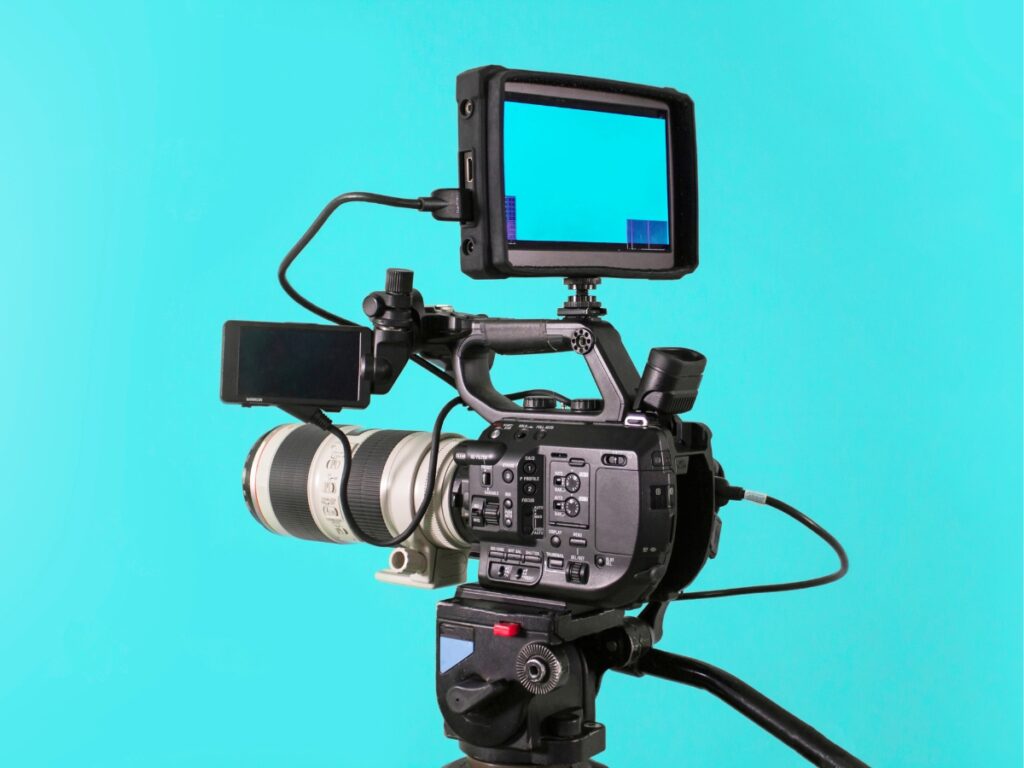
Traditional Approaches vs. AI in Image and Video SEO
Optimizing images and videos involves manual tagging, alt-text writing, and meta-description updates. These techniques, although practical, are time-consuming and susceptible to human error.
On the other hand, AI-powered solutions like Google Vision AI and Cloudinary can automate these processes, providing more accurate and efficient results. The AI algorithms can even suggest tags or categories based on the content, making your optimization process far more intuitive and data-driven.
What Sets AI-Driven Image and Video SEO Apart
The real differentiator for AI-driven image and video SEO lies in its ability to analyze and optimize content at a granular level. AI can recognize patterns and objects in pictures and videos, which is almost impossible to do manually.
For instance, Canva uses AI to help create SEO-friendly thumbnails, while ShortPixel uses advanced algorithms to compress images without sacrificing quality. Using machine learning algorithms allows continuous improvement, adapting to new SEO best practices and emerging trends.
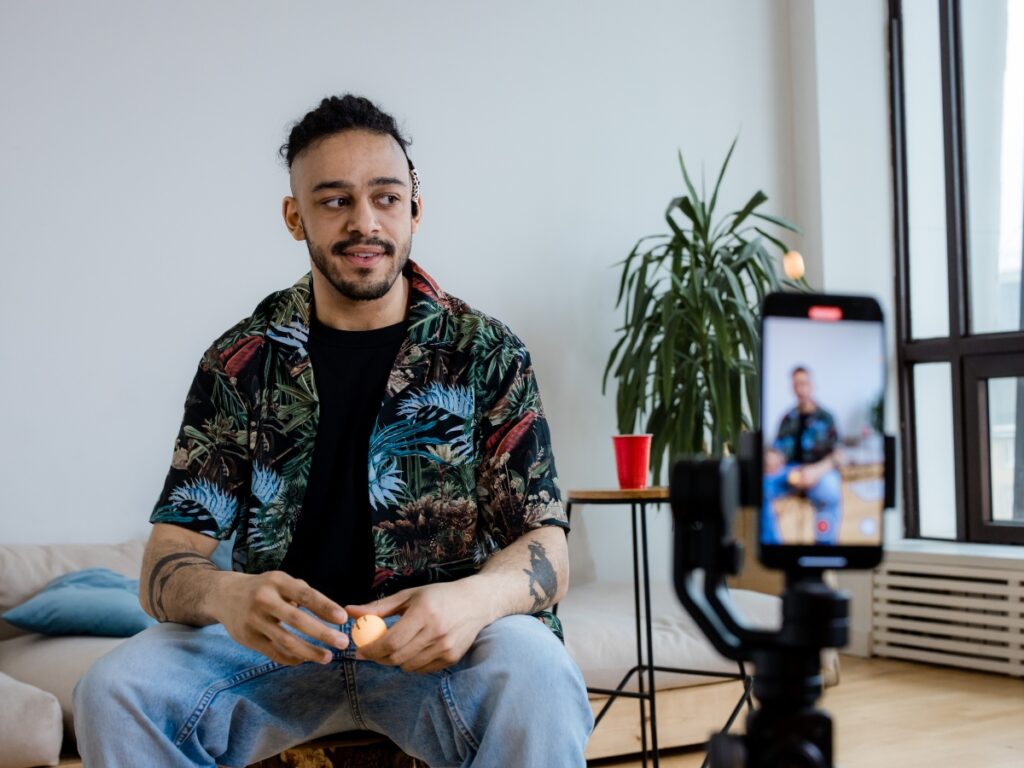
How AI Works in Image and Video SEO
AI algorithms work by scanning visual content to identify critical elements that are relevant for SEO. For example, Google Vision AI can categorize images and suggest appropriate tags and alt text.
Video SEO tools like VidIQ and TubeBuddy go beyond basic optimization and offer real-time analytics, enabling adjustments to video metadata on the fly for better search performance. These AI-powered tools use machine learning to continually refine their algorithms, providing more accurate and personalized suggestions.
The Algorithms Behind Image and Video SEO
The algorithms that drive AI-powered image and video SEO are sophisticated and multi-faceted. They rely on machine learning models to identify patterns, objects, or even emotions in visual content. Tools like Google Vision AI use convolutional neural networks to scan and categorize images for better tagging and description.
For videos, algorithms can perform sentiment analysis and even speech-to-text conversion to generate accurate metadata. Understanding the mechanics of these algorithms can offer valuable insights into how to optimize your visual content for search engines better.

Key Features in AI Image and Video SEO Tools
AI-powered SEO tools have many features designed to streamline and enhance optimization. Cloudinary, for example, offers image transformations, format selections, and automated tagging.
VidIQ provides detailed keyword tracking and tagging suggestions specifically tailored for YouTube videos. SEO PowerSuite has a range of functionalities, from automatic alt text generation to metadata handling. Each tool offers unique features that make it indispensable for various image and video SEO aspects.
Real-time Analysis in Image and Video SEO
One of the most impactful advantages of using AI in image and video SEO is the capability for real-time analysis. Tools like TubeBuddy and Wistia provide real-time analytics showing how your visual content performs, including viewer engagement and retention metrics.
Crazy Egg offers heatmaps and interaction analytics for images and videos, letting you know which parts of your content attract the most attention. This immediate feedback allows for quick adjustments and ensures your content is continually optimized for the best search performance.
Machine Learning for Metadata Optimization
Machine learning plays a significant role in automating metadata optimization for images and videos. ShortPixel uses AI to compress images without losing quality, which can significantly speed up webpage load times, a crucial factor in SEO.
Zapier can automate tasks such as posting optimized images to social media platforms, thereby improving off-site SEO. Over time, these machine learning algorithms learn from the data they process, enabling more personalized and accurate optimization strategies.
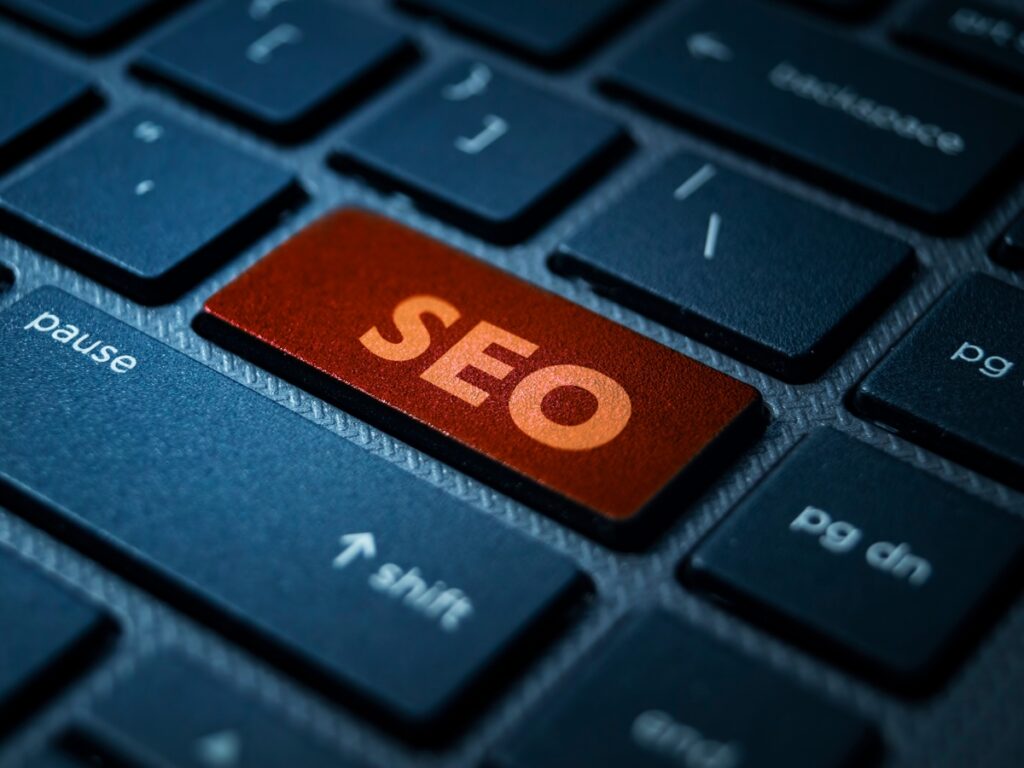
Case Studies: Success in AI-Driven Image and Video SEO
Case studies offer invaluable insights into the real-world impact of AI-driven image and video SEO. Companies that have leveraged tools like Cloudinary or Google Vision AI have seen remarkable improvements in their search rankings and engagement metrics.
For instance, businesses using Wistia for video SEO have reported increased organic traffic and viewer retention. These case studies underscore the effectiveness of AI-driven tools in transforming visual content strategies and achieving tangible business outcomes.
Improving Search Rankings Through AI
One of the primary goals of any SEO strategy is to improve search rankings, and AI tools have proven to be highly effective in this regard. For example, ShortPixel uses AI algorithms to compress images, thus improving webpage load times and positively impacting search rankings.
Similarly, VidIQ assists with video keyword optimization, helping videos rank higher in YouTube searches. Such tools automate and refine the optimization process, making achieving and maintaining high search rankings easier.
Increasing Organic Traffic with AI-Driven SEO
Enhancing organic traffic is another critical objective for marketers, and AI-driven tools are game changers in this area. For example, Canvas AI-assisted features help create eye-catching, SEO-friendly thumbnails that can lead to higher click-through rates.
SEO PowerSuite offers comprehensive solutions for optimizing image and video metadata, which can result in higher organic reach. The data-driven insights these AI tools provide can guide effective strategy adjustments, leading to significant increases in organic traffic.
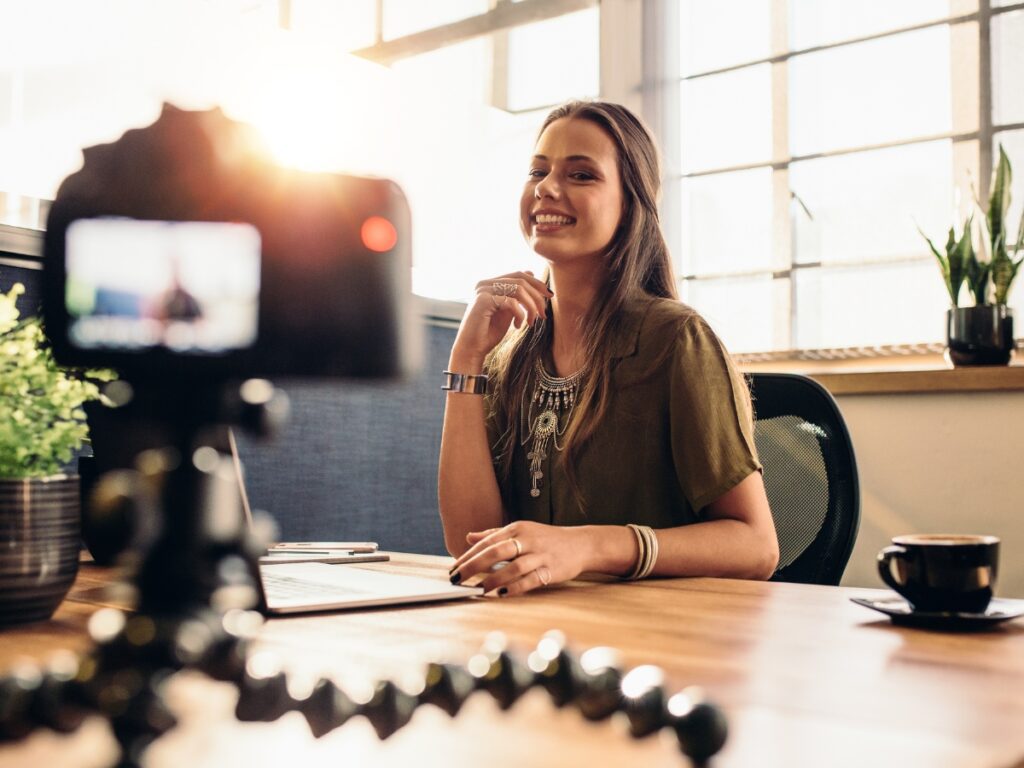
Challenges in Implementing AI in Image and Video SEO
While the benefits are numerous, implementing AI in image and video SEO is challenging. The initial setup and onboarding process can be complex and require specialized knowledge.
Furthermore, tools like Google Vision AI can sometimes misinterpret visual elements, leading to less-than-accurate tagging or categorization. There are also concerns about the costs of employing advanced AI solutions, making it essential for businesses to weigh the ROI before investing.
Data Privacy in Image and Video SEO
When it comes to implementing AI-driven tools for image and video SEO, data privacy is a concern that should not be overlooked. Many AI tools, including Google Vision AI, need access to your visual content to perform their tasks.
While these platforms often have robust security measures, there’s always the risk of data misuse or breaches. It’s crucial to thoroughly vet any AI tools for their compliance with GDPR, CCPA, or other relevant data protection regulations. Making informed choices about the tools you use can go a long way in safeguarding data privacy.
Scalability Issues in Image and Video SEO
As businesses grow, scalability becomes a crucial factor in choosing SEO tools. Some platforms, such as Cloudinary, are designed to scale with your needs, allowing for increased storage and faster content delivery as your visual assets multiply.
However, not all tools are built with scalability in mind. For instance, some AI-driven solutions may limit the number of images or videos that can be analyzed in a given period. Therefore, it’s essential to consider scalability when selecting AI-driven image and video SEO tools.
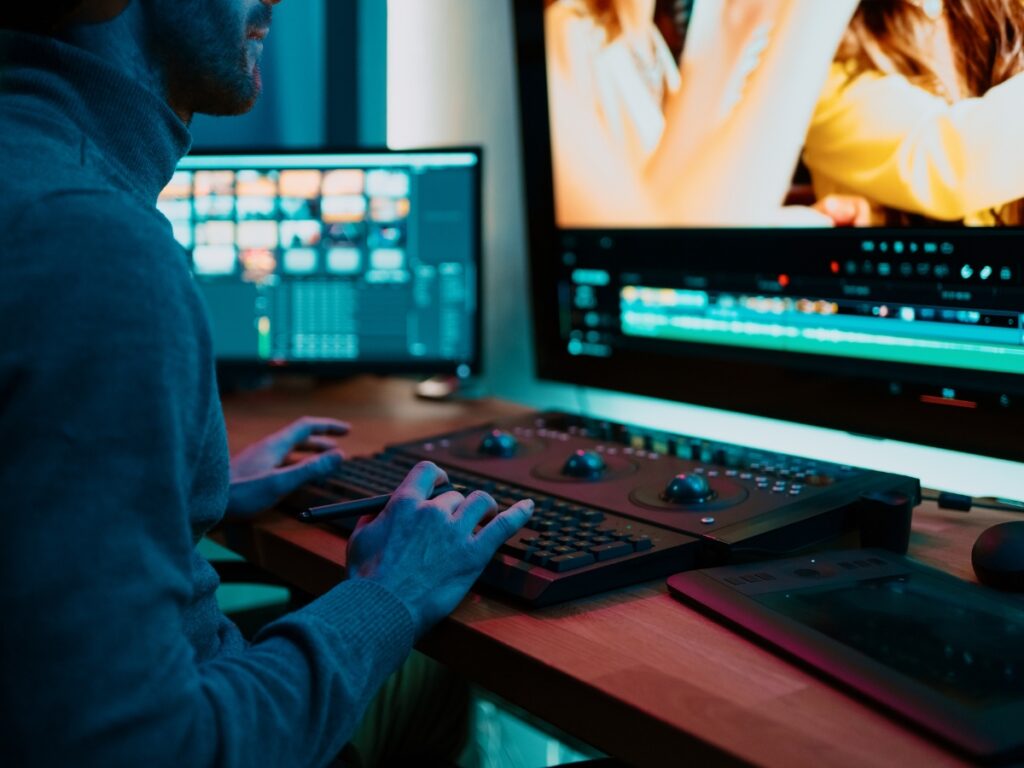
Future Trends in AI-Driven Image and Video SEO
AI-driven image and video SEO is continually evolving, influenced by machine learning and data analytics advancements. Future trends may include more refined object recognition, sentiment analysis in video content, and even real-time SEO adjustments based on user interaction data.
AI tools like Zapier and Wistia already incorporate advanced features, setting the stage for more comprehensive and intuitive optimization strategies. Keeping an eye on these trends can help businesses stay ahead of the curve and maximize the impact of their visual content.
How to Choose the Right Tools for Image and Video SEO
Choosing the right tools for your image and video SEO needs is a multi-step process that involves several considerations. First, identify the specific needs and goals of your SEO strategy.
Next, look for tools like SEO PowerSuite or VidIQ that offer features aligned with these objectives. Consider the scalability, data privacy policies, and cost-effectiveness of each device.
Also, opt for platforms that offer trial periods or demos, allowing you to gauge their effectiveness before making a financial commitment. Your choice should align with your immediate needs and long-term growth strategies.
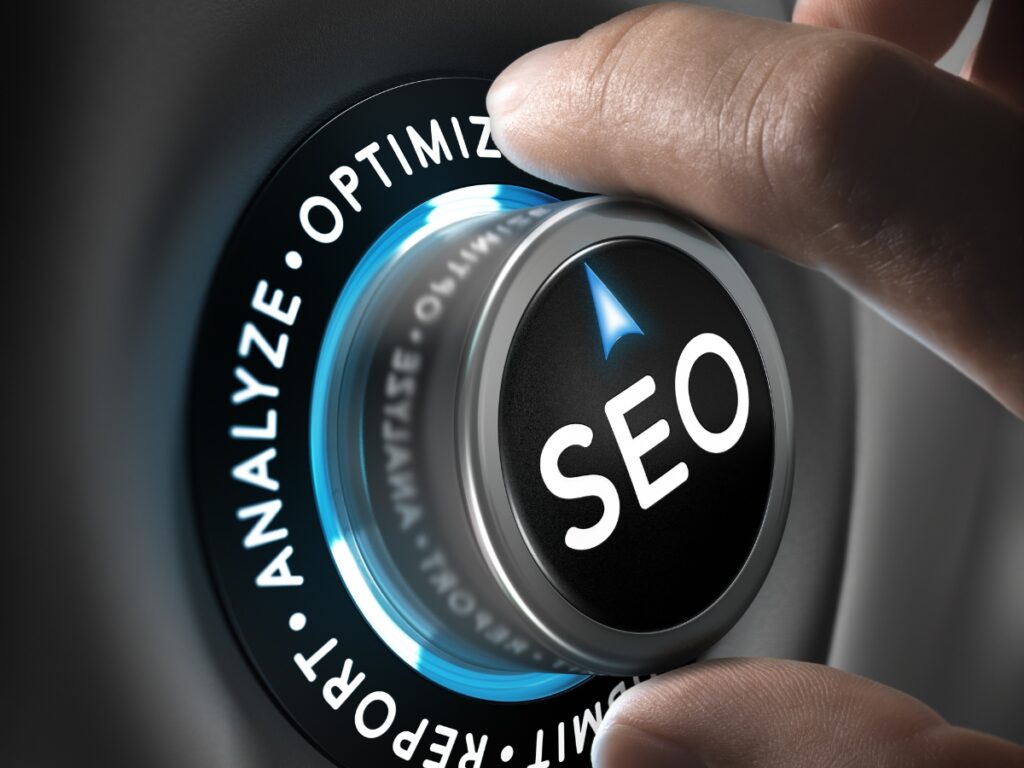
FAQ: Your Top Questions on AI in Image and Video SEO Answered
This section addresses some of the most frequently asked questions about using AI in image and video SEO. From understanding its significance to learning how it is distinct from traditional SEO and even how AI addresses copyright issues, we’ll try to answer the queries that are top of mind for most marketers or business owners.
Why is AI Crucial for Image and Video SEO?
AI has become indispensable to image and video SEO for several reasons. First, AI algorithms, like those in SEO PowerSuite, can analyze vast amounts of data much faster and more accurately than human SEO experts.
Second, machine learning models can predict user behavior and preferences, allowing for more personalized content.
Third, AI tools can automate many tedious tasks such as tagging, metadata optimization, and even real-time analysis, as seen with TubeBuddy. Overall, AI makes optimizing visual content more efficient and effective.
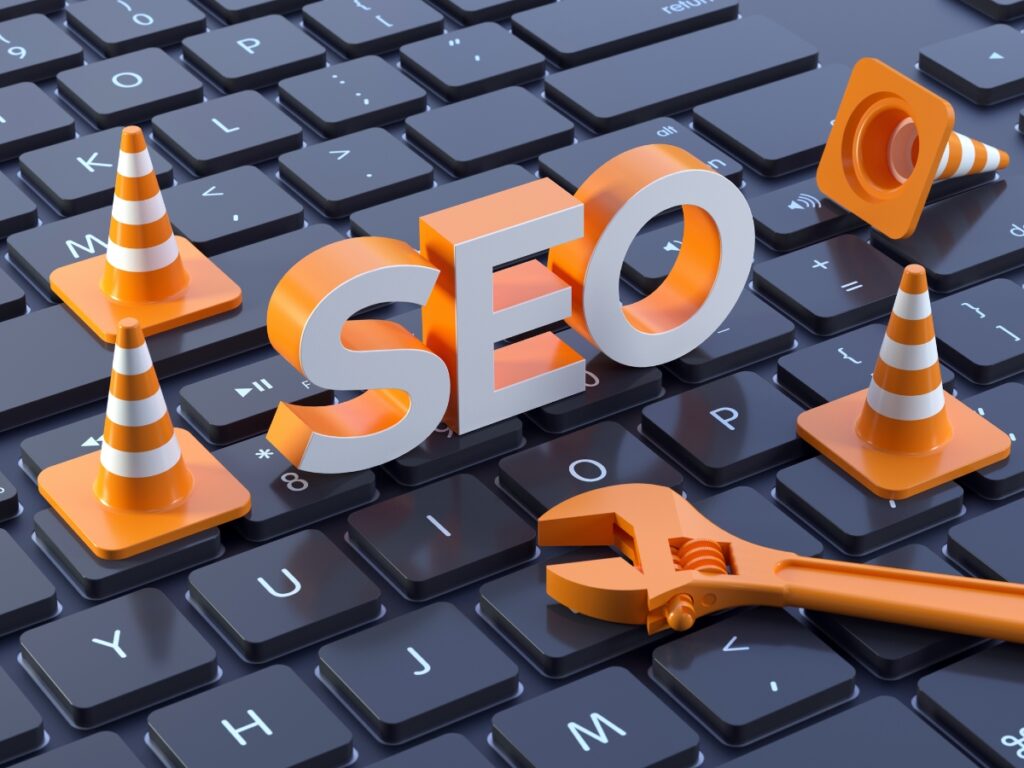
What Makes AI-Driven Image and Video SEO Unique?
Its ability to combine data analytics with machine learning for more intelligent decision-making sets AI-driven image and video SEO apart. Unlike traditional methods, AI tools like Wistia for video and ShortPixel for images use predictive algorithms to suggest optimization strategies.
These tools can also adapt in real time, refining their algorithms based on performance metrics and user engagement. This creates a more dynamic, responsive, practical image and video SEO approach.
How Does AI Address Copyright in Image and Video SEO?
One significant concern in image and video SEO is copyright infringement. AI tools are increasingly being designed to address this issue. For instance, Google Vision AI has features that can recognize copyrighted material within images.
Additionally, AI-driven platforms can be configured to avoid using copyrighted images or to flag them for review, thus reducing the risk of legal complications. While not foolproof, these AI capabilities add more protection against copyright issues.

Conclusion: The Future of AI in Image and Video SEO
The landscape of image and video SEO is undergoing a transformative shift fueled by the capabilities of artificial intelligence. AI is not merely a tool but a fundamental change agent redefining how we approach SEO for visual content.
From automating tedious tasks to generating real-time analytics and predictions, AI is making the optimization process more efficient, personalized, and data-driven. While data privacy and scalability challenges persist, machine learning and data analytics advancements will likely offer solutions.
As we look to the future, one thing is clear: AI will continue to play an increasingly significant role in shaping effective and innovative image and video SEO strategies.
You Might Also Like:
If you enjoyed this article and received value from it, check out the other Blue Lane Group articles in the AI Tools and SEO: Building Tomorrow’s Search Strategies Today series:
- Uncover Hidden Opportunities: AI in User Behavior Analytics Tools
- Elevate Your Strategy: The Importance of SEO Optimization
- The Role of AI in SERP Analysis: A Revolutionary Approach
- Transform User Experience: Content Personalization with AI
- Boost Your Site’s Performance: AI in Technical SEO Audits
- Outsmart Your Rivals: AI in Competitive SEO Analysis
- Transform Your Content Strategy: AI-Driven Content Generation Revealed
- AI Link Building: The Secret to Unbeatable SEO
- Breakthrough Technology: Using AI for Image and Video SEO
- Drive More Traffic: Leveraging AI SEO Mobile Strategy
- Drive Engagement: How Sentiment AI Analysis for SEO Works
- Maximize ROI: Using an AI-Driven SEO Dashboard and Reporting Effectively
- Thrive Locally: AI Local SEO Tools You Can’t Ignore
- Ignite Sales: Utilizing AI for PPC Campaigns Strategies
- Amplify Your Reach: The Best Influencer Tools Powered by AI
- Elevate Rankings: AI in Social Media and SEO Strategies
- Optimize Success: Understanding AI Semantic Search for SEO
- Unleash the Power: AI and SEO Strategies Using Machine Learning
- Optimize Conversions: AI and Search Intent Tactics


